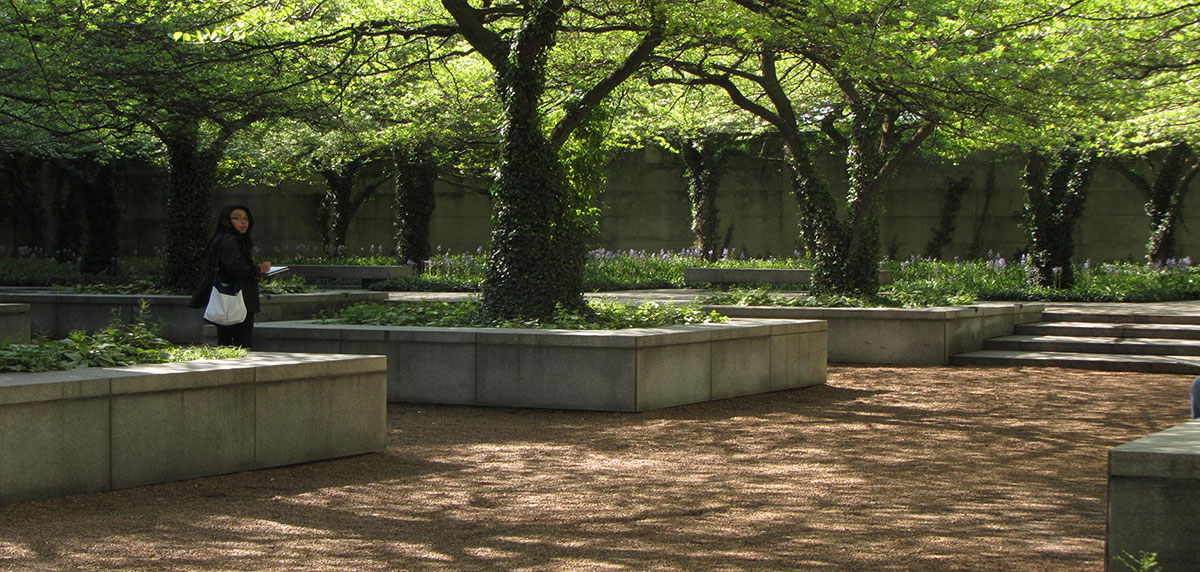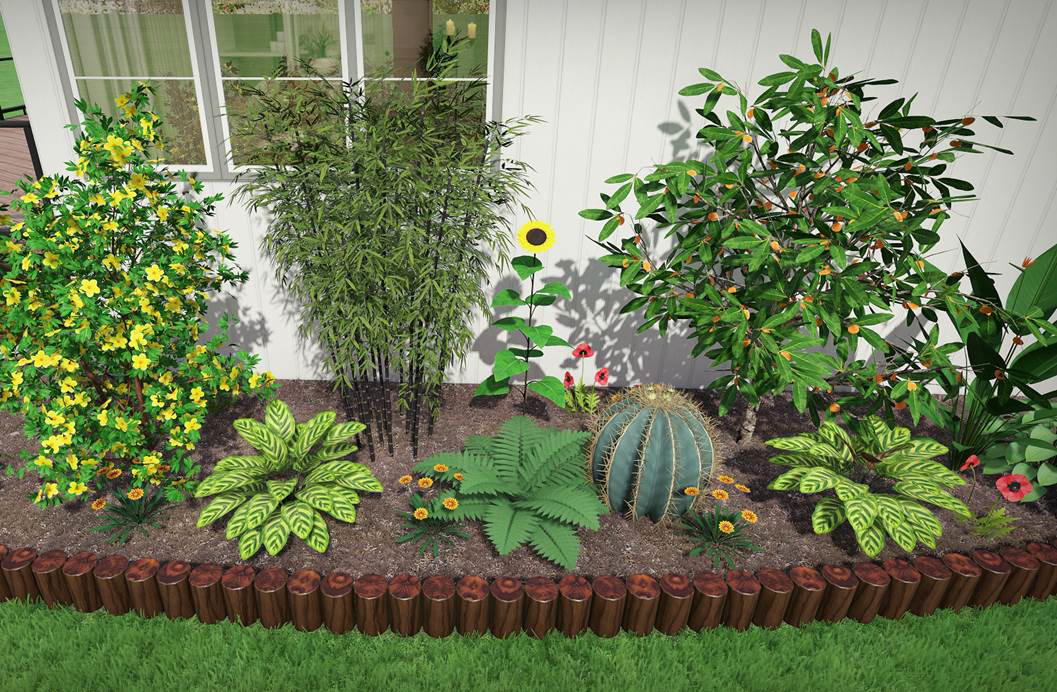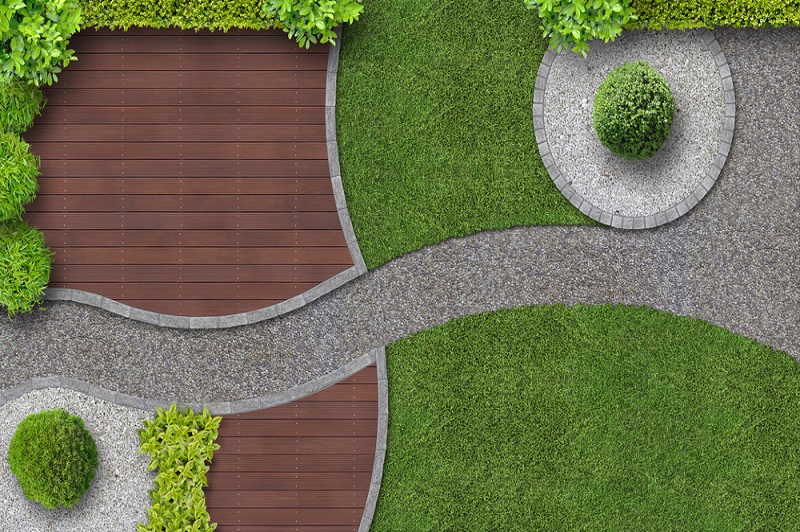The Best Strategy To Use For Landscapers
The Best Strategy To Use For Landscapers
Blog Article
7 Simple Techniques For Landscapers
Table of ContentsExamine This Report on LandscapersRumored Buzz on LandscapersThe Basic Principles Of Landscapers 7 Easy Facts About Landscapers DescribedLandscapers Fundamentals ExplainedAn Unbiased View of Landscapers
- A garden function where water is stood for by an accumulated stone product, normally a crushed rock or granite. These are most commonly discovered in modern-day and Japanese yard layout.- A stone or flagstone outdoor patio, path, or pathway constructed without a concrete base. The base would certainly be compressed gravel and the joints would be an aggregate or walkable ground cover. - A rock maintaining or totally free standing wall developed without the use of mortar. An extremely skilled mason is needed for a dry pile rock wall surface. A lot of wall surfaces in Portland are moist piled, also if they show up to be. - A below ground framework that gather water and enables it to slow down percolate into the soil around it.
Landscape layout that works with a sites' environment in both look and sustainability without adverse effects to the atmosphere. Edging in the landscape is a line of separation that produces visual interest in the yard by dividing one segment from another sector. This can be aesthetic or functional, maintaining one aspect (such as pea gravel) from obtaining blended into an additional (like bark dirt).
Areas can also sense of "enclosure" given by trees, other growings, fences, or displays. The landscape near the entrance to a structure. A tree, bush or creeping plant, trained to expand on a wall or fencing into a details pattern. Particularly useful for fruit trees, making it simple to harvest the fruit and consisting of mess.
The smart Trick of Landscapers That Nobody is Discussing

The aspect in a landscape style or area in a landscape that is implied to be most popular. The focal point can be a plant, rock, sculpture, gathering area, or other landscape attribute.

Everything about Landscapers
Rock item, either rounded or fractured, that is fairly tiny- usually 1" or much less. Reduced plants that are enabled or encouraged to spread out over a location. Can refer to any "tough" garden components consisting of statuary or boulders however the majority of typically is used to describe courses, patios, and walls.: Height distinction between the degree of water in a fish pond (or the level of the pump if it sits outside the pond) and the upper outlet of water which affects efficiency of the water pump in gph (gallons per hour). Thick shrubs or trees that form a fence, display, or border.
Fence boards that run horizontally, frequently used in modern or Japanese-inspired landscape layouts. Correct usage of fictional lines can help the landscape feel attached to the home and other aspects.
A more relaxed yard controlled by curved instead of straight bed lines and a less rigid framework. Conventional PNW landscapes are casual. A plant that spreads out even more than wanted, or right into habitats where it does damages. Portland has a list of intrusive plants that ought to not be installed in landscapes due to the fact that they can spread to forests or rivers and be difficult to regulate.
Examine This Report on Landscapers
Smart irrigation controller reviews and referrals here. 2-D rendering of the suggested watering system. Can include head placements and coverage, pipe sizing, GPM specifications, and materials needed to mount this system. A watering strategy is usually unnecessary for properties but is common for business jobs. Accredited specialist that makes landscapes, educated in design and style in addition to in horticulture.
The professional that plans and establishes landscape jobs, normally at a household or small industrial level with the major layout incentive on plantings. Landscape developers generally have less schooling than Landscape Architects and are not certified. A finished landscape style, outlining all aspects for the brand-new landscape. This redirected here typically takes the kind of a drawing on paper.
Calcium product utilized to increase the pH in soil, which will certainly make it much less hospitable to moss (Landscapers). A water limited HDPE material used below ponds, streams and waterfalls in water attributes. Utilizing numerous growings of the very same selection to fill up in an area in the landscape. This can decrease maintenance and water use in the yard.
A layer of garden compost or resource bark dirt used at the base of a plant. A plant that was present in a use this link geographical location before individuals began changing the landscape.
Some Known Details About Landscapers
Exactly how the yard or a garden component is organized in connection to an existing or brand-new feature or to an instructions. Lawns that are not mowed however grown in landscapes as perennials.

Plants that supply seasonal passion and then die back in the winter. Cold period grass that is the most common turf lawn in Rose city, OR and the remainder of the PNW.An open roofed structure over a patio area or various other landscape function.
The most typical landscape gravel in the PNW. Location of the landscape made to manage rain water up until it can saturate into the ground.
Framework made of wood, concrete, leading rocks, blocks or other materials for stabilizing slopes and preventing too much erosion. Narrow watercourse. Producing a yard function being composed largely of rocks with plantings that complement and can grow in the rough atmosphere. Sprinkler head design that rotates a stream of water throughout a location.
Excitement About Landscapers

Report this page